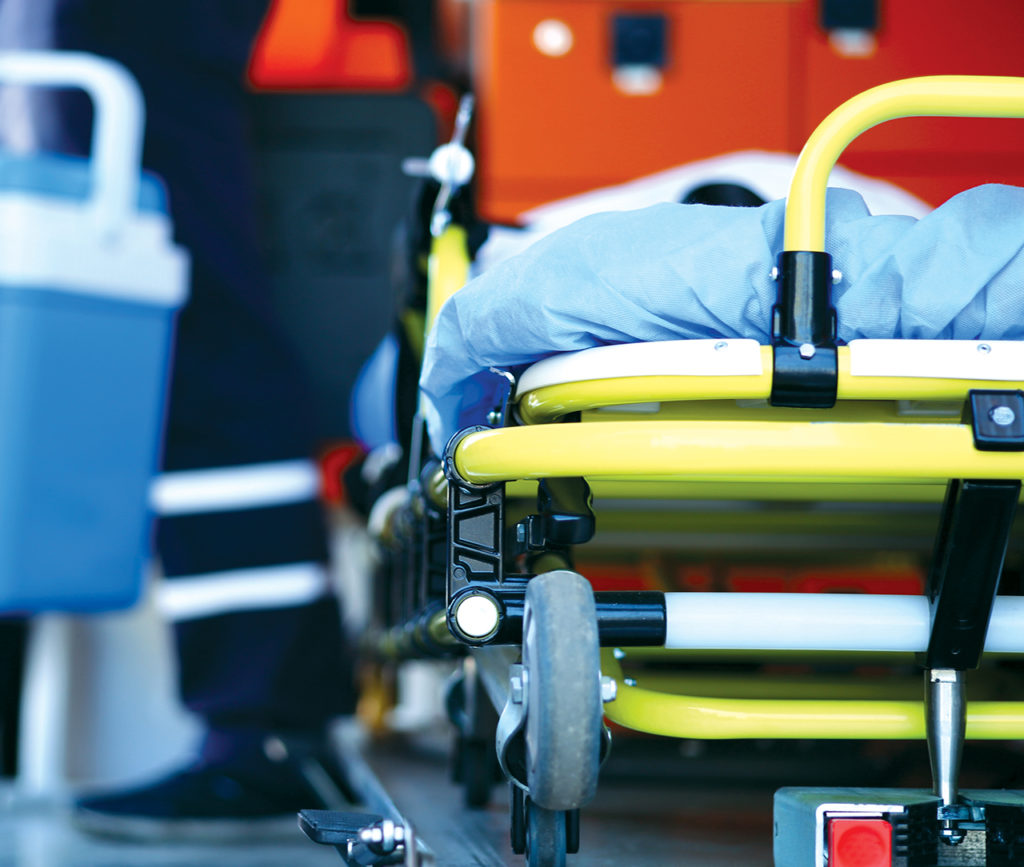About Emergency Preparedness

It’s time to change the way California thinks about disaster response. The COVID-19 pandemic showed that hospitals can quickly mobilize to provide flexible approaches to patient care during a disaster. The state must draw upon these lessons to prepare differently so the next crisis will be less severe. Given California’s size and complexity, the health care disaster response system of the future must be nimble enough to respond to any catastrophe. View more information on hospital disaster preparedness.
What requirements do hospital have related to creating a Corrective Action Plan (CAP) or and Improvement Plan (IP) after an event or exercise?
Hospitals are required by The Joint Commission to monitor performance and evaluate each exercise or actual event using a multidisciplinary process that involves licensed independent practitioners. During an exercise, individuals are to be designated to observe performance and document opportunities for improvement.
What is the Homeland Security Exercise and Evaluation Program (HSEEP) and how does it impact hospitals?
The Homeland Security Exercise and Evaluation Program (HSEEP)is a capabilities and performance-based exercise program which provides a standardized policy, methodology, and terminology for exercise design, development, conduct, evaluation, and improvement planning.
Is the Emergency Medical Treatment and Labor Act (EMTALA) suspended during a declared disaster?
The EMTALA requirement is based on federal law and cannot be waived by the Governor. However, the Governor may request that the Health and Human Services Secretary waive the EMTALA requirements under 42 USC Section 1320b-5.
Will HIPAA (Health Insurance Portability and Accountability Act) be suspended during a national or public health emergency?
Federal statutes and regulations cannot be waived or suspended by the Governor. However, during a catastrophic disaster, the Governor may make a request to the federal Secretary of Health and Human Services requesting waiver of specific federal statutes and regulations. The following provisions could be waived.
When does the Recovery phase of an event begin? What activities are involved in the Recovery phase of an event?
The Recovery phase begins when hospital incident command determines that the event is de-escalating or over and that some or all de-mobilization and recovery activities can be initiated.
What is an After Action Report (AAR)? Are hospitals required to write an AAR after each event or exercise? Each time they activate their Hospital Command Center (HCC)?
The After Action Report (AAR) captures observations of an exercise and makes recommendations for post-exercise improvements. The AAR then is used to develop Improvement Plans (IP). HSEEP AAR examples can be found on the HSEEP website.
Standards, Regulations & Guidelines
These resources support hospitals in navigating complex regulatory environments, and work to remain in compliance with evolving health care standards, regulations, and guidelines.
What is the relationship between an Emergency Management Program (EMP) and an Emergency Operations Plan (EOP)?
The Emergency Management Program (EMP) implements the mission, vision, goals and objectives of the organization as related to Emergency Management. The EMP utilizes organized analysis, planning, decision making and assignment of available resources to mitigate, prepare for, respond to, and recover from all-hazards. (Emergency Management Principals and Practices for Healthcare Systems, Department of Veterans Affairs, 2006).
Are the ICS 300/400 courses required for health care? Who should take these courses? Where can they be found?
ICS 300/400 courses are not a requirement for health care under the “NIMS Implementation for Healthcare Organizations Guidance”.
AHRQ Web-based Mass Evacuation Transportation Planning Model
AHRQ has released a model to help federal, state, and local emergency planners estimate the vehicles, drivers, road capacity and other resources they will need to evacuate patients and others from health care facilities in disaster areas.